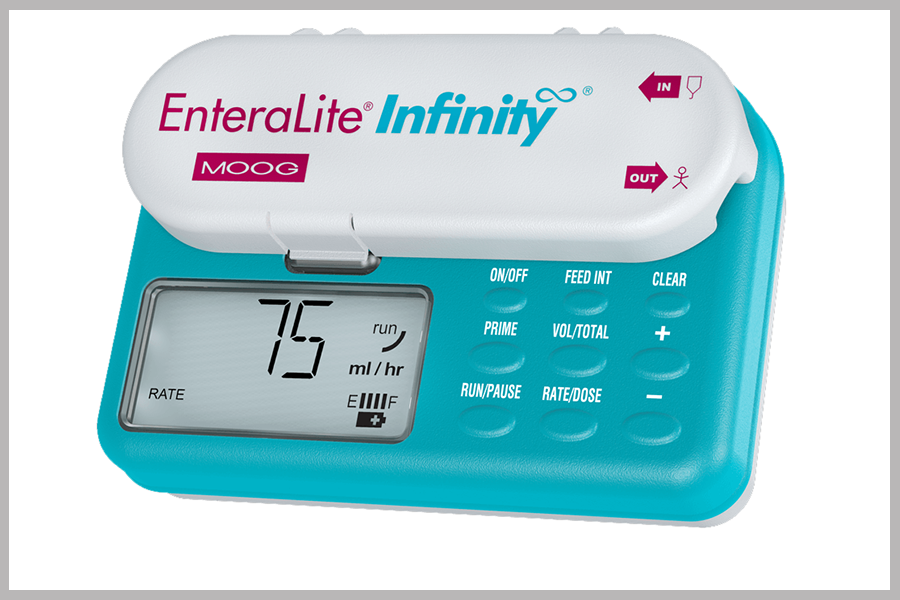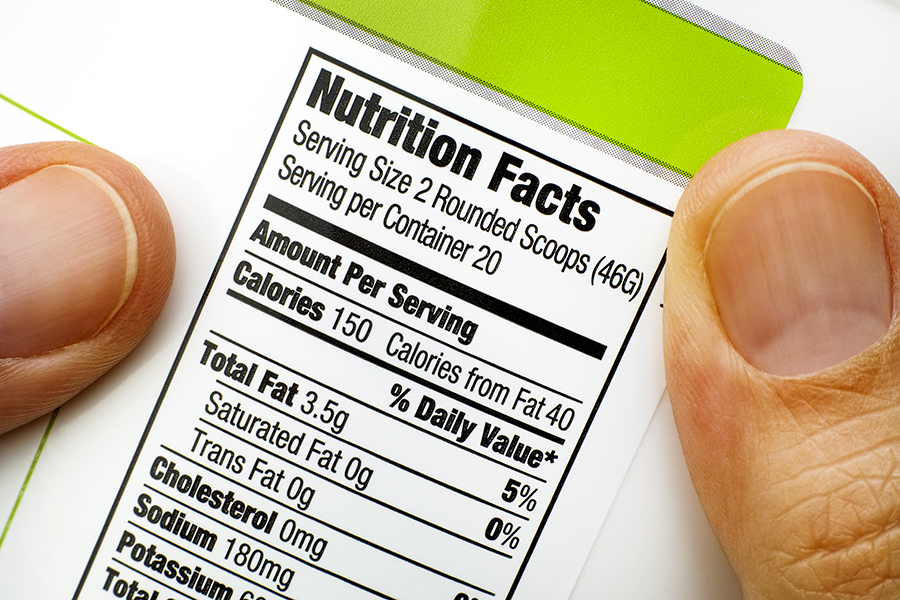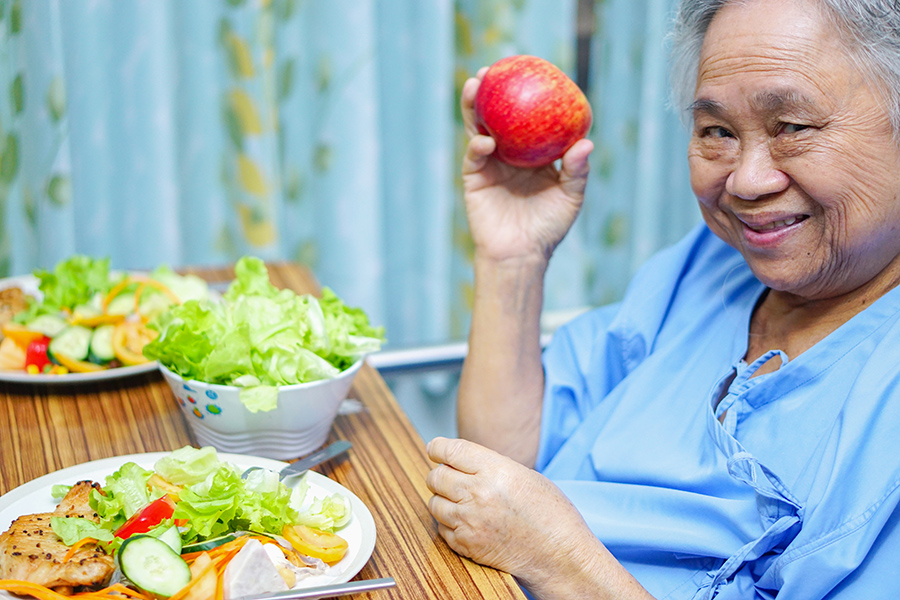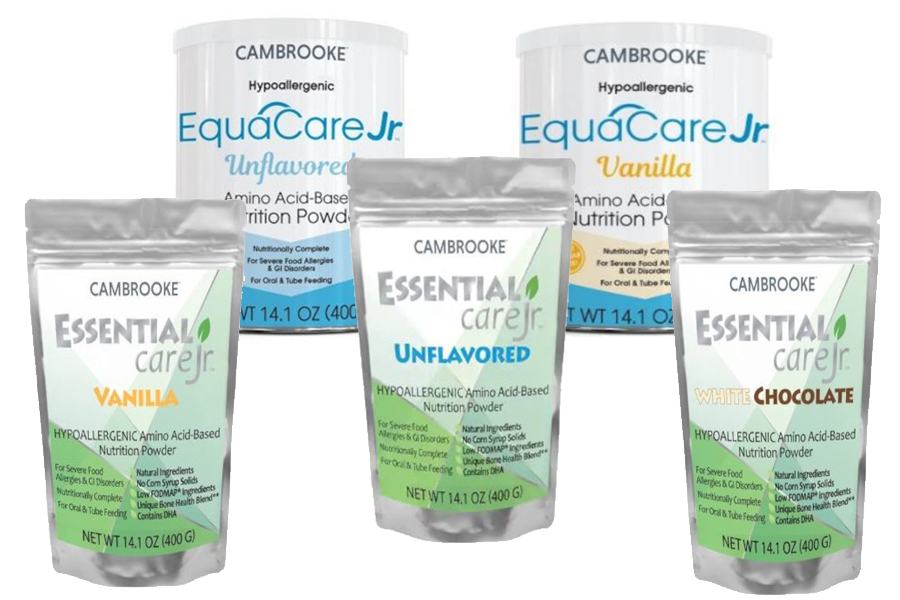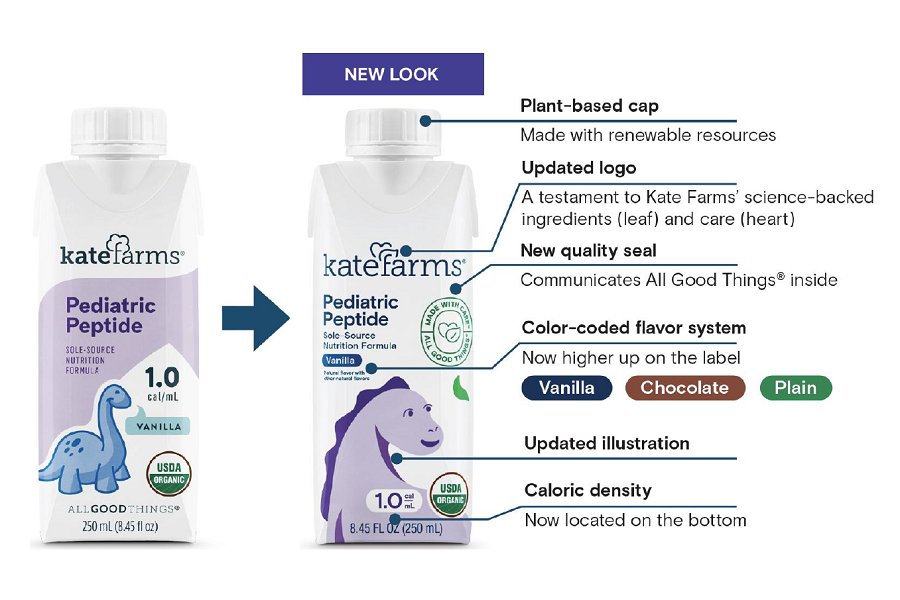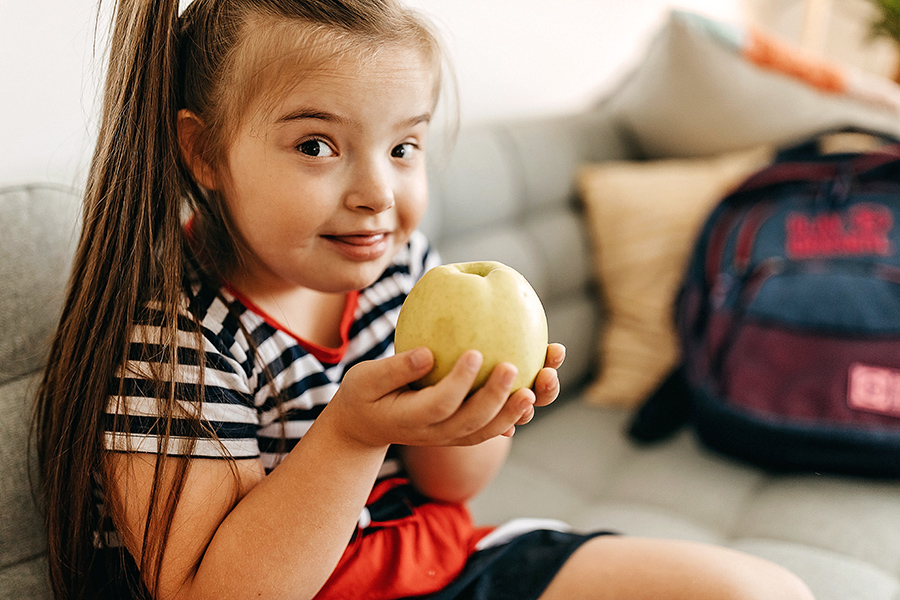Do you fight with your child to get her to eat her vegetables? Most days, it probably seems like kids and vegetables just don’t mix. Most kids don’t get near the amount or variety of vegetables they should. This means they’re missing out on key benefits. (Hint: some of the tips below may work for seniors, too.)
Here’s why kids should eat their veggies:
- Vitamins and minerals to support growth and development
- Dietary fiber to make bowel movements pass more easily
- Healthy habits to maintain health throughout life
Kids and vegetables can be friends.
Follow these tips to help your kiddo get in more veggies:
1. Start early.
- The sooner you put veggies on the menu, the sooner your child will acquire a taste for them.
- Begin introducing vegetables when your child starts eating solid foods.
2. Be consistent.
- Offer a vegetable at every meal and snack. Encourage your child to at least taste a vegetable before vetoing it. Eventually they will get used to the taste.
- Here are some ideas to fit in veggies at every meal and snack:
- Breakfast: Make a breakfast burrito with scrambled eggs and fresh salsa.
- Lunch: Pack a side of carrot sticks with peanut butter, ranch dressing or plain yogurt and salsa.
- Dinner: Fold finely chopped and sautéed veggies into taco meat (try mushrooms or cauliflower).
- Dessert: Mix chopped cucumber, pineapple and strawberries and top with fruit yogurt
- Snacks: Serve mini zucchini and carrot muffins.
- Note regarding this recipe: Do not give honey to children under 12 months old
3. Be mindful of serving sizes.
- Serving sizes for kids are a lot smaller than what an adult would eat.
- Keep in mind that kids usually know their limits and will stop when they’re full and eat when they’re hungry.
Vegetable serving sizes for children aged 1-4 years:
Source: Infant and Toddler Forum
4. Make it fun.
- Serve kid-sized foods, like baby carrots and baby zucchini.
- Make up cute names for veggies to peak your child’s interest. In one study, when foods were given catchy titles, like “X-ray Vision Carrots,” instead of “Food of the Day,” school kids ate 34% more of them.
- More names ideas:
- Ants on a log (celery sticks with peanut butter or cream cheese and raisins)
- Broccoli forest
- Power buttons (mushrooms)
- More names ideas:
5. Let them participate.
- Let your child pick out a veggie he might want to try at the grocery store.
- Assign a task, such as washing the celery or spreading the peanut butter on.
6. Go into stealth mode.
- Add pureed veggies into pasta sauce, pancake or muffin mix
- Blend spinach into a fruit and yogurt smoothie
- Read this: Deceptively Delicious: Simple Secrets to Get Your Kids Eating Good Food
7. Lead by example.
- Make it a family habit to eat fruits and vegetables every day
- Build a healthy plate: fill half with veggies
8. Make it easy on yourself.
- Keep cut veggies handy where you can get to them just as easily as the Goldfish crackers.
- Buy pre-cut veggies if prep time is limited.
- Serve new foods with familiar favorites. If a spoonful of ketchup or cheese sauce make the veggie go down, then so be it!
9. Keep it safe.
- Prevent choking by avoiding or altering certain foods for kids under 4 years old.
- Wash veggies thoroughly.
- Teach your child to wash her hands with warm soapy water for 20 seconds.
- Use separate cutting boards for produce and raw meats.
What’s a vegetable?
Find more articles about kids and eating:

















